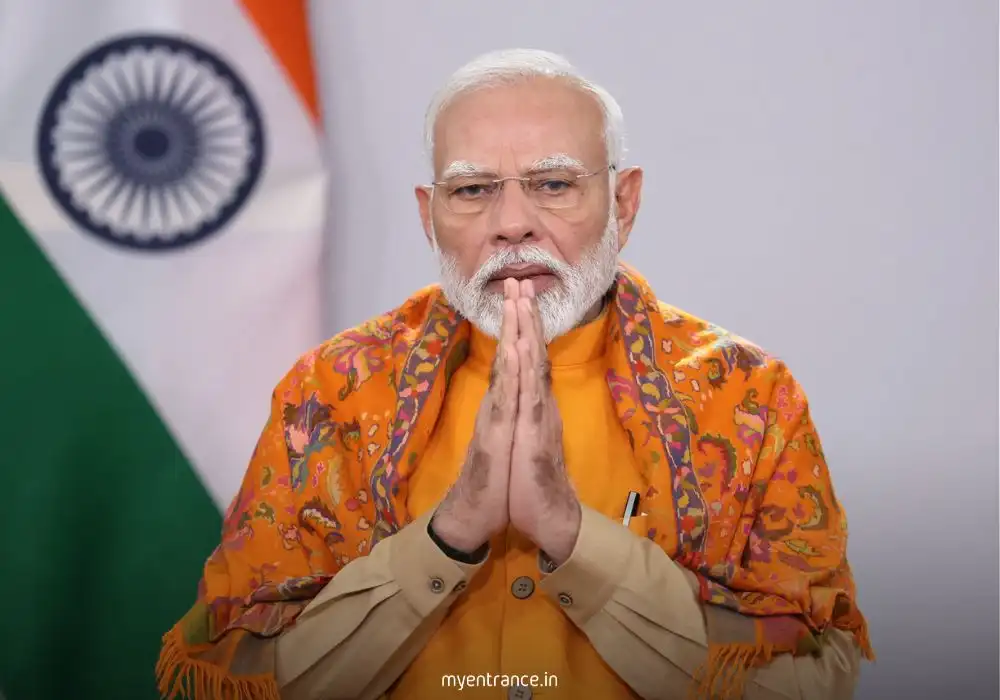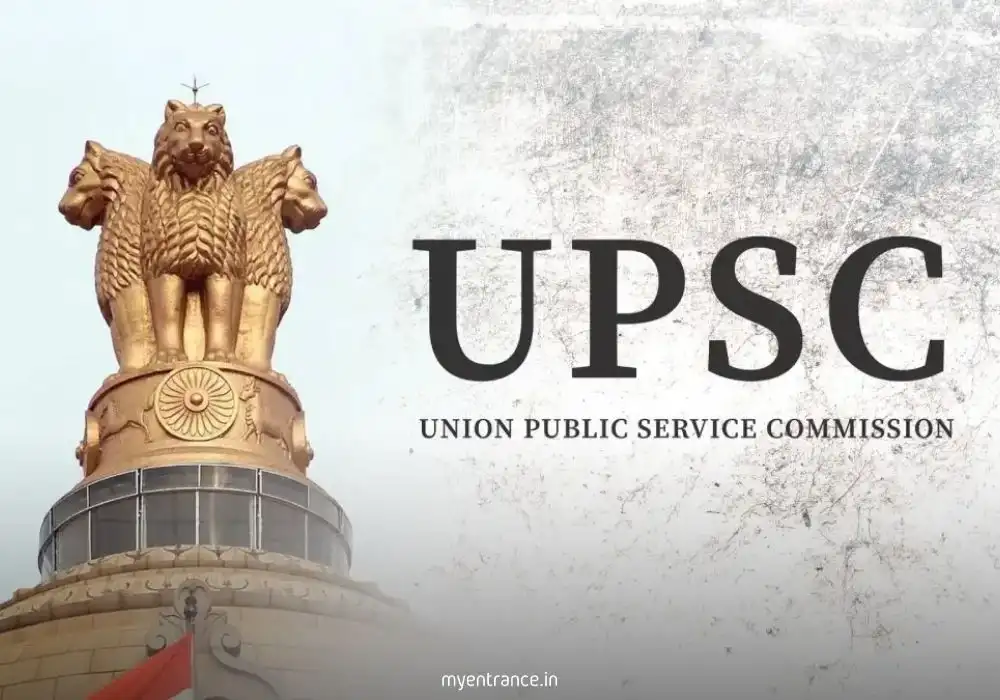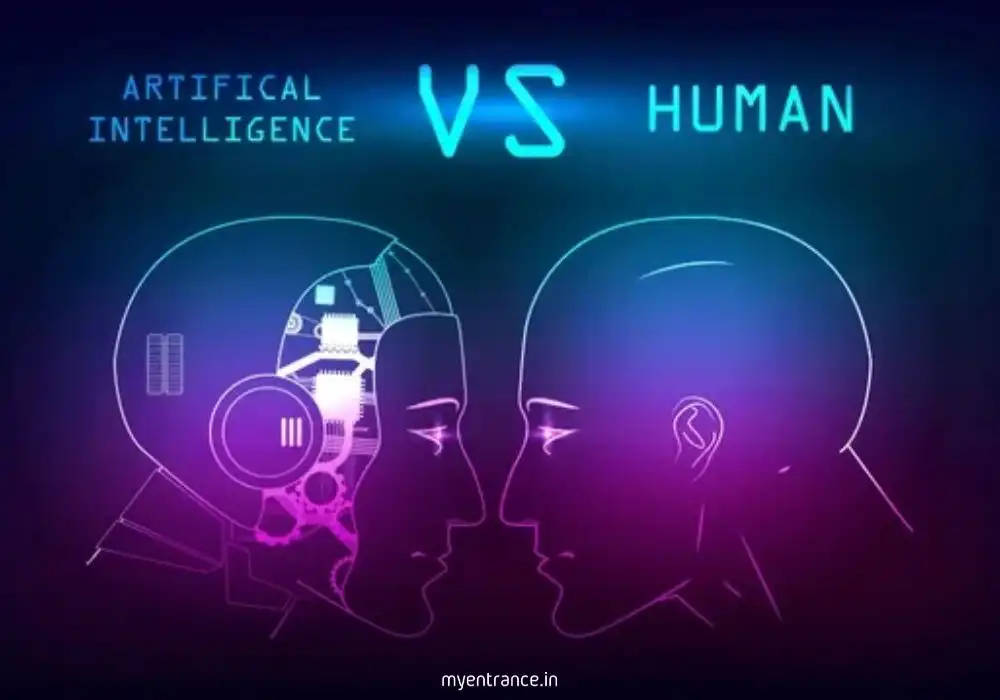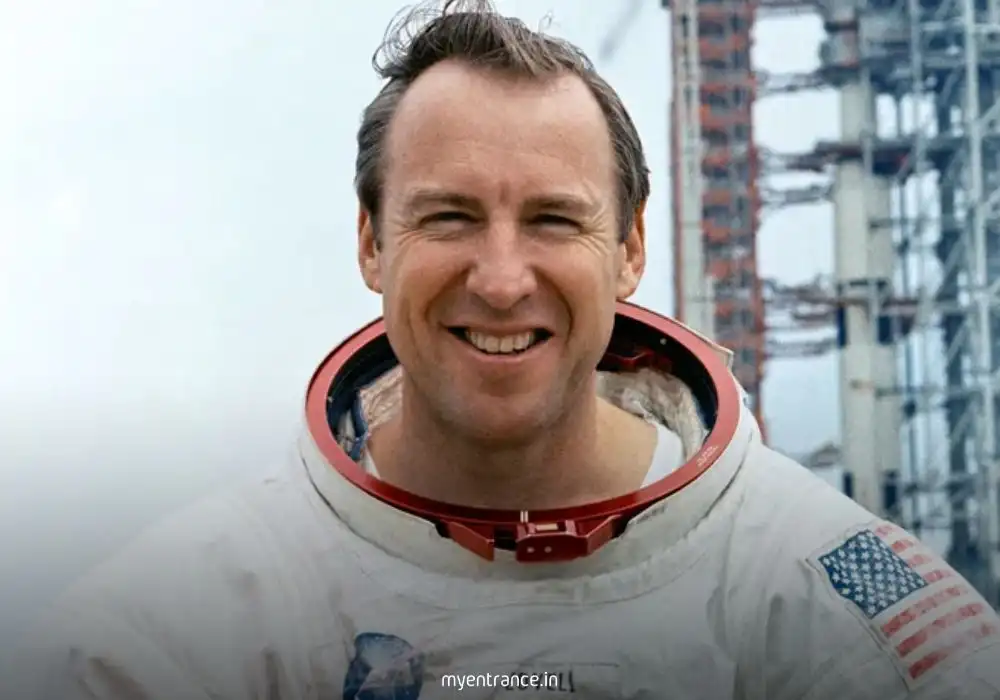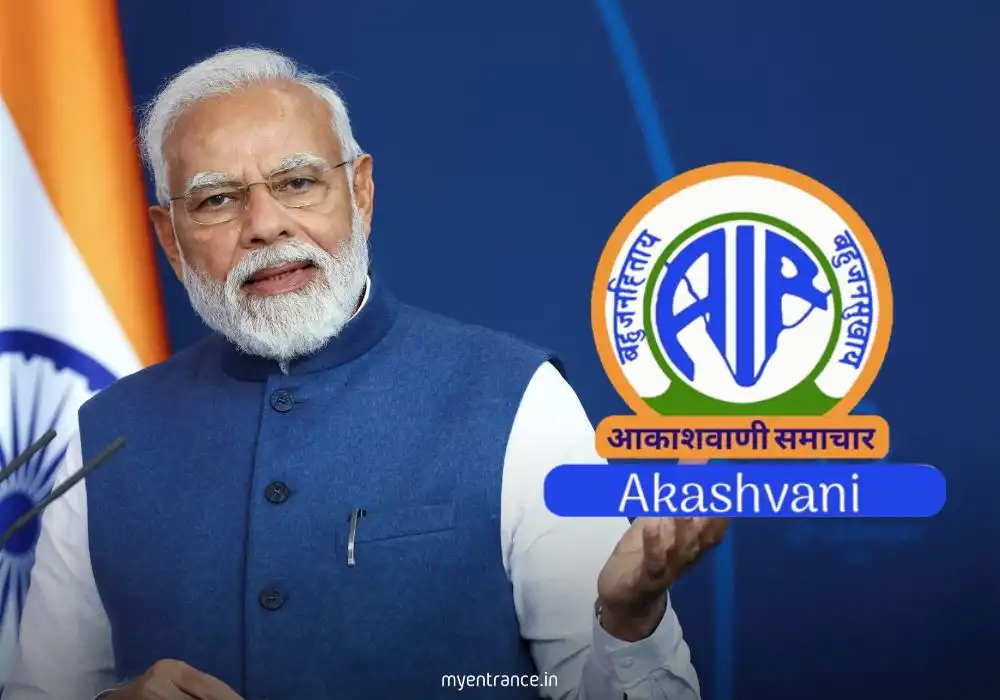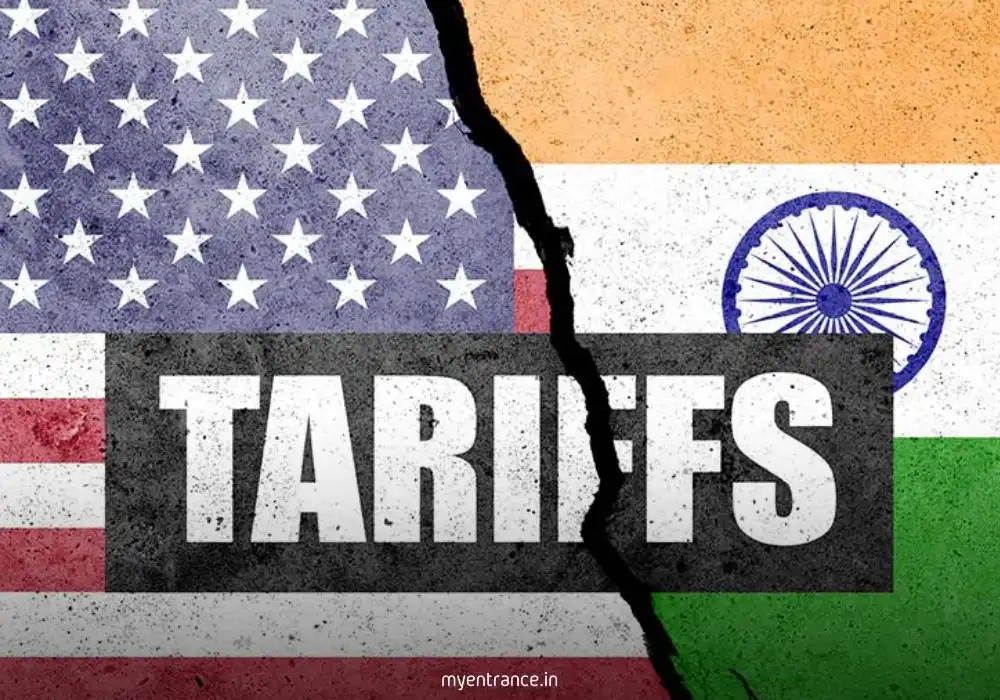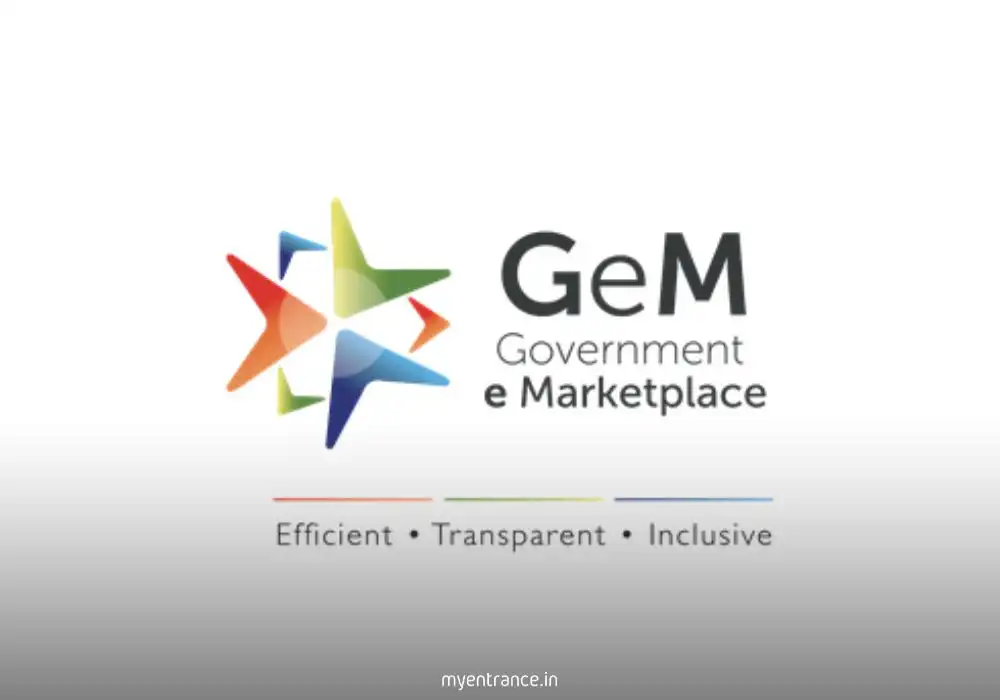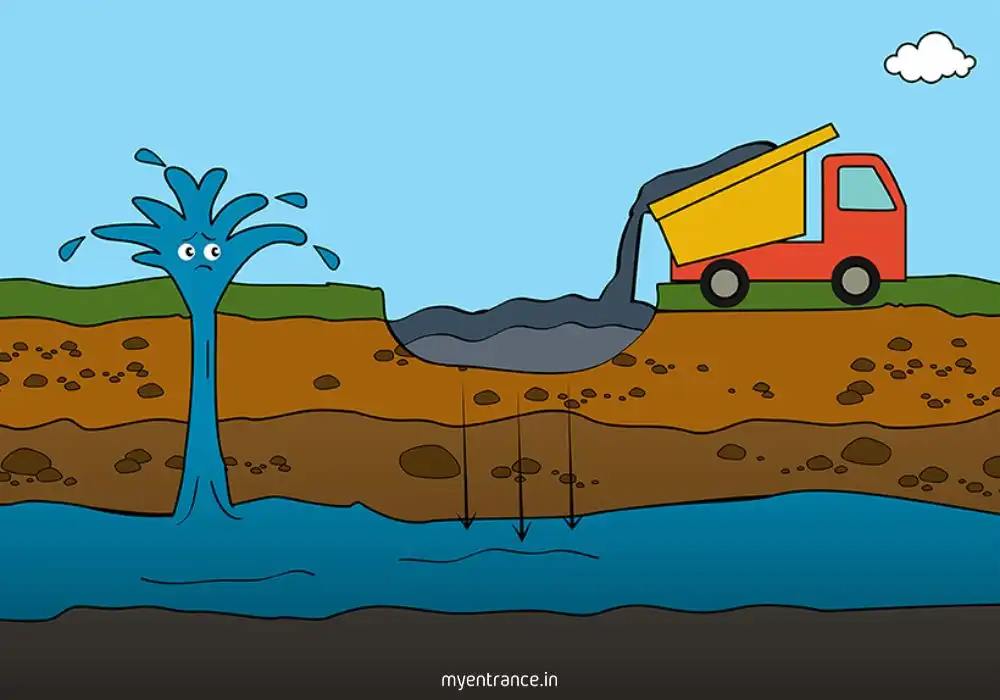Translate Language
About UNESCO: Essential Facts on Global Education & Culture
The United Nations Educational, Scientific and Cultural Organization (UNESCO) is a cornerstone of global cooperation, dedicated to building peace through education, science, culture, and communication. Established in 1945 after the devastation of World War II, it’s headquartered in Paris and works across 193 member states. For competitive exam aspirants, understanding UNESCO’s mission, its landmark programs like World Heritage Sites, and its link to global development goals is absolutely essential.
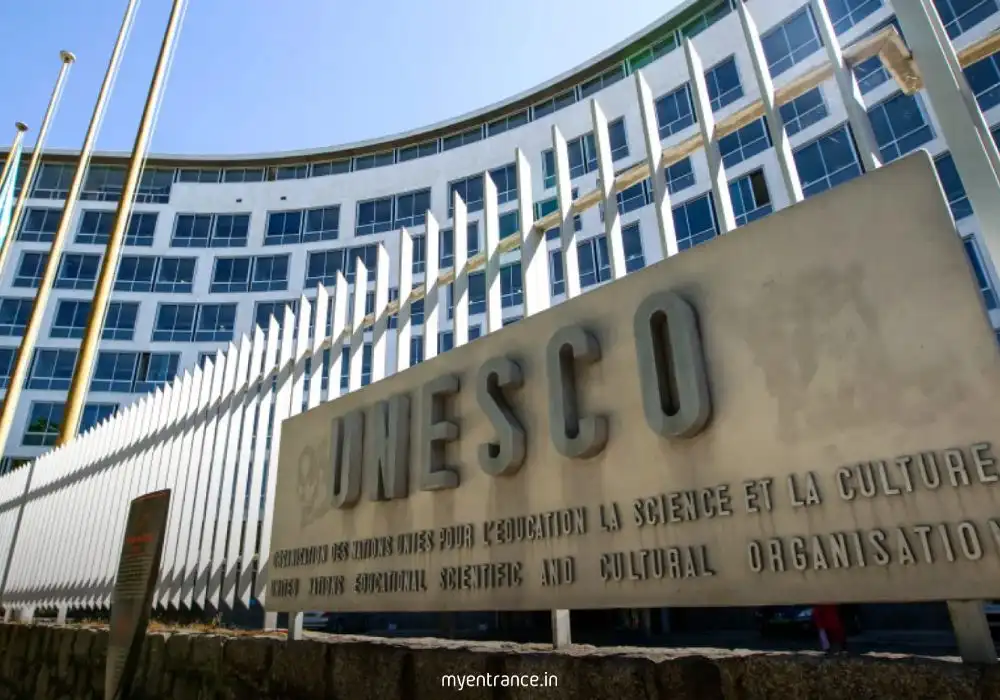
What is UNESCO?
UNESCO stands for the United Nations Educational, Scientific and Cultural Organization. It’s a specialized UN agency with a unique mandate: to foster peace and security by promoting international collaboration in education, science, culture, and communication. Think of it as the UN’s champion for the human mind and shared heritage.
Born in 1945 from the ashes of World War II, its founders believed lasting peace required more than political agreements – it needed intellectual and moral solidarity among nations.
Based in Paris, it now boasts 193 member states and 11 associate members, operating through a network of over 50 field offices globally.
Its work directly impacts global agendas, making it a frequent topic in exams testing knowledge of international institutions and current affairs.
Mission and Objectives: Building Peace “In the Minds”
UNESCO’s core mission is profound yet simple: to build peace “in the minds of men and women.” It achieves this through four key objectives:
Achieving Quality Education for All: Ensuring inclusive, equitable education and promoting lifelong learning opportunities globally.
Mobilizing Science for Sustainability: Advancing scientific cooperation to tackle climate change, manage resources, and promote sustainable development.
Protecting and Promoting Culture: Safeguarding cultural heritage (both tangible and intangible) and fostering cultural diversity as a driver for dialogue and development.
Promoting Free Flow of Information: Advocating for freedom of expression, press freedom, access to information, and fostering media development.
In practice, this means UNESCO leads the Global Education 2030 Agenda (part of Sustainable Development Goal 4 – SDG4), sets international standards for heritage protection, champions media freedom, and promotes ethical frameworks for science.
UNESCO and Global Education: The Core Mandate
Education isn’t just part of UNESCO’s work; it’s central to its DNA. As the only UN agency with a mandate covering all education levels – from early childhood to adult learning – its impact is vast:
Leading SDG4: UNESCO steers the global effort to achieve “inclusive and equitable quality education” by 2030, as outlined in the Incheon Declaration.
Global Education Monitoring (GEM) Report: This flagship annual report tracks progress on education access, quality, and equity worldwide – a vital resource for understanding global challenges.
Key Initiatives: Its work spans teacher training, literacy campaigns, promoting technical and vocational education (TVET), scholarships, and harnessing technology for e-learning.
India Connection: It established the Mahatma Gandhi Institute of Education for Peace and Sustainable Development (MGIEP) in New Delhi (2012), the only Category I UNESCO institute in Asia focused on peace education.
UNESCO firmly believes education is the most powerful tool to eradicate poverty and drive sustainable development globally.
Cultural Heritage and Diversity: Protecting Our Shared Legacy
This is arguably where UNESCO is most publicly recognized. Its work preserving humanity’s shared heritage is monumental:
World Heritage Sites: The 1972 World Heritage Convention protects sites of “outstanding universal value.” There are currently over 1,150 sites globally! India boasts 42 incredible entries, including the Taj Mahal, Ellora Caves, Kaziranga National Park, and the Western Ghats. Knowing prominent Indian sites is crucial for exams.
Intangible Cultural Heritage: Beyond monuments, UNESCO safeguards living traditions under the 2003 Convention. This includes languages, music, dance, rituals, and craftsmanship (e.g., India’s traditions like Yoga, Kumbh Mela, and traditional brass craft are inscribed).
Promoting Diversity: The 2005 Convention on the Protection and Promotion of the Diversity of Cultural Expressions supports artists and cultural industries, ensuring diverse voices are heard globally.
UNESCO provides expertise, funding, and frameworks to help countries conserve their heritage and integrate it into sustainable development plans.
Science, Media and Other Vital Initiatives
UNESCO’s reach extends far beyond education and culture into critical scientific and communication fields:
Science for Sustainability:
Man and the Biosphere (MAB) Programme: Creates a global network of Biosphere Reserves (over 700 in 124 countries!) to balance conservation with sustainable resource use. India has 12, like the Nilgiri and Sundarbans reserves.
It fosters international cooperation in hydrology (water science), oceanography, climate science, and basic sciences to address pressing global challenges.
Communication and Information:
Defending Press Freedom: UNESCO is a leading global voice advocating for freedom of expression and the safety of journalists.
Promoting Access: Works to bridge digital divides, promote multilingualism online, and ensure marginalized groups have access to information.
Combating Misinformation: Runs initiatives to counter hate speech and promote media and information literacy.
Global Observances: UNESCO designates and promotes key international days central to its mission, such as:
World Teachers’ Day (October 5th)
International Day for Tolerance (November 16th)
International Literacy Day (September 8th)
UNESCO and India: A Longstanding Partnership
India isn’t just a member; it’s a key player in UNESCO’s story:
Founding Member: India joined UNESCO in 1946, just a year after its creation.
National Commission (INCCU): Established under the Ministry of Education, the Indian National Commission for Cooperation with UNESCO coordinates all UNESCO-related activities within India.
Early Presence: UNESCO opened an office in India as early as 1948 (now operating through two offices).
Leadership: India has consistently served on UNESCO’s Executive Board since the 1950s.
MGIEP: Hosting the prestigious Mahatma Gandhi Institute in New Delhi highlights India’s commitment to peace education.
Cultural Collaboration: India actively nominates sites for World Heritage status (like the recent Dholavira and Ramappa Temple) and collaborates on preservation projects and education initiatives. It is also a significant financial contributor.
Must-Know UNESCO Facts for UPSC, SSC & Other Exams
Aspirants, focus on these key facts – they are pure exam gold:
Full Name & Founding: United Nations Educational, Scientific and Cultural Organization (UNESCO). Founded November 16, 1945.
Headquarters: Paris, France, with over 50 field offices worldwide.
Membership: 193 Member States + 11 Associate Members.
Crucial Nuance: The US, Israel, and Liechtenstein withdrew membership in recent years (though the US is rejoining). Palestine, Niue, and the Cook Islands are UNESCO members but not full UN member states.
Unique Mandate: The only UN agency covering the full spectrum from education to science, culture, and communication. Leads SDG4 (Education 2030).
Flagship Reports: Publishes the annual Global Education Monitoring (GEM) Report and major reports on science and culture.
World Heritage List: Over 1,150 sites globally. India has 42 (Memorize key ones like Ajanta, Ellora, Taj Mahal, Red Fort, Sundarbans, Western Ghats).
Key Conventions: Focus on:
Convention Concerning the Protection of the World Cultural and Natural Heritage (1972)
Convention for the Safeguarding of the Intangible Cultural Heritage (2003)
Convention on the Protection and Promotion of the Diversity of Cultural Expressions (2005)
Important Days: World Teachers’ Day (Oct 5), International Literacy Day (Sep 8), International Day for Tolerance (Nov 16).
India’s Role: Founding member (1946), hosts MGIEP, active on Executive Board, has INCCU, contributes significantly.
Conclusion
UNESCO stands as a vital pillar of the international system, working tirelessly to forge peace through the powerful tools of education, scientific cooperation, cultural preservation, and open communication. For aspirants preparing for the UPSC, SSC, PSC, or similar competitive exams, a solid grasp of UNESCO’s history, mission, flagship programs (especially World Heritage Sites and global education initiatives), and India’s deep engagement with the organization is not just useful – it’s indispensable. Understanding these facets provides crucial context for questions on international relations, global governance, heritage, and sustainable development, giving you a significant edge on exam day. Keep these essential facts at your fingertips!
Get 3 Months Free Access for SSC, PSC, NIFT & NID
Boost your exam prep!
Use offer code WELCOME28 to get 3 months free subscription. Start preparing today!

